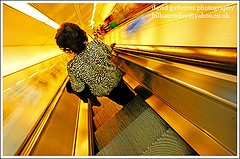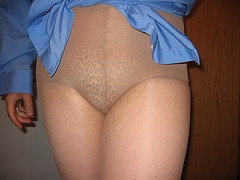
Things not to wear when you have Yeast infection
Our clothing can have a large effect on us and it also helps us to express our personality in a large way. You might be interested in knowing, however, that wearing the wrong type of clothing may actually be helping your body to foster a yeast infection. Here are three different types of clothing that you should avoid whenever you have a yeast infection or whenever you are prone to recurring yeast infections. You would probably be surprised with how much of a difference these small changes in your clothing will make.
The first thing that you need to avoid is tight fitting clothing of any type. Although were going to include some specific types of clothing further on, the simple fact that something is tight in his going to make it difficult for your body to breathe properly. This can especially make it difficult for the woman as the vagina already provides the perfect breeding ground for a yeast infection to grow. If you wear tight fitting clothing in this area of your body, you may actually be promoting additional moisture and therefore, additional yeast infections. The same is also true on other areas of your body as yeast infections can also occur in places such as under the breasts and in the folds of skin.
The type of underwear that you are wearing can have a large impact on your yeast infections as well. We certainly do have a lot of different options as far as the type of underwear that we are wearing nowadays but many of them are simply not a good idea for our health. In order to overcome yeast infections and to keep them from recurring, wearing underwear with breathable cotton crotches is a necessity. This helps to keep additional moisture away from this area of your body, which helps to keep the yeast infections at bay.
Finally, you may also want to avoid wearing pantyhose if at all possible. These are notorious for causing yeast infections, both because they are tight and because they don’t breathe properly. If you absolutely must wear pantyhose regularly because of work, opt for the type that only goes up on your legs so far so that you can wear the proper type of underwear in order to reduce and perhaps even get rid of your yeast infections altogether.
About the Author
If you think you have a yeast infection you can find out by taking a simple spit test at home. Check it out and download a free e-book about how to cure yeast infections naturally.
http://candidadieoff.info/yeast/freebook3
How to Wear Colored Tights

